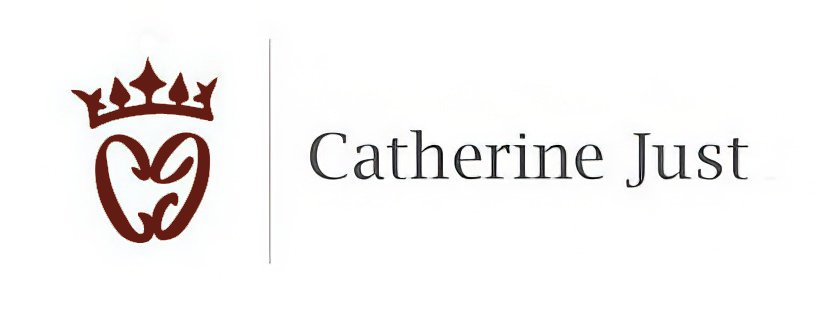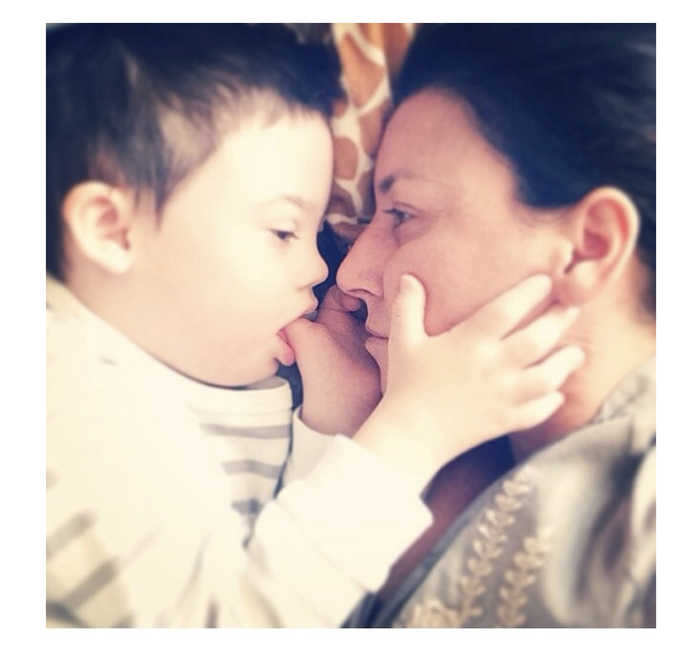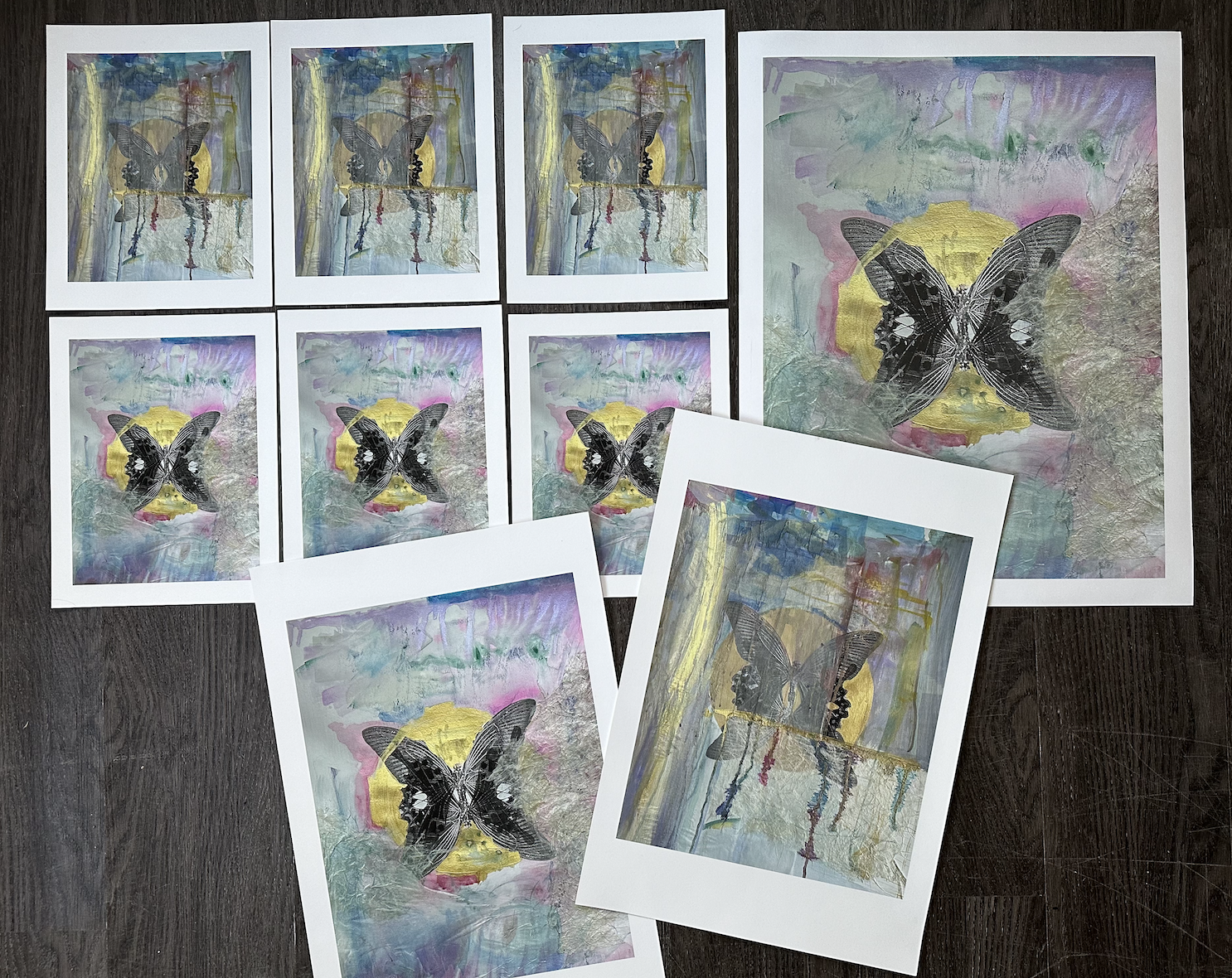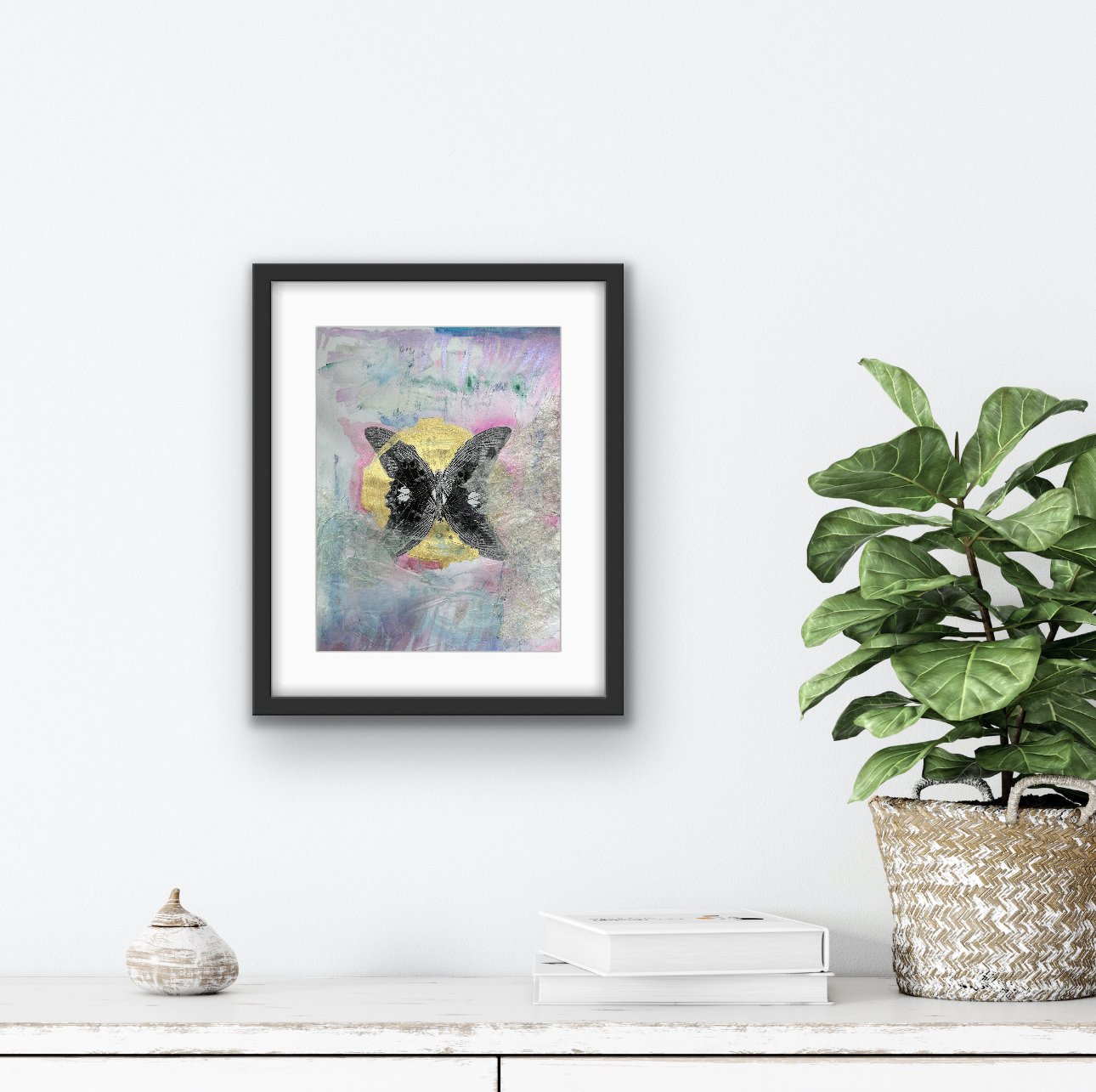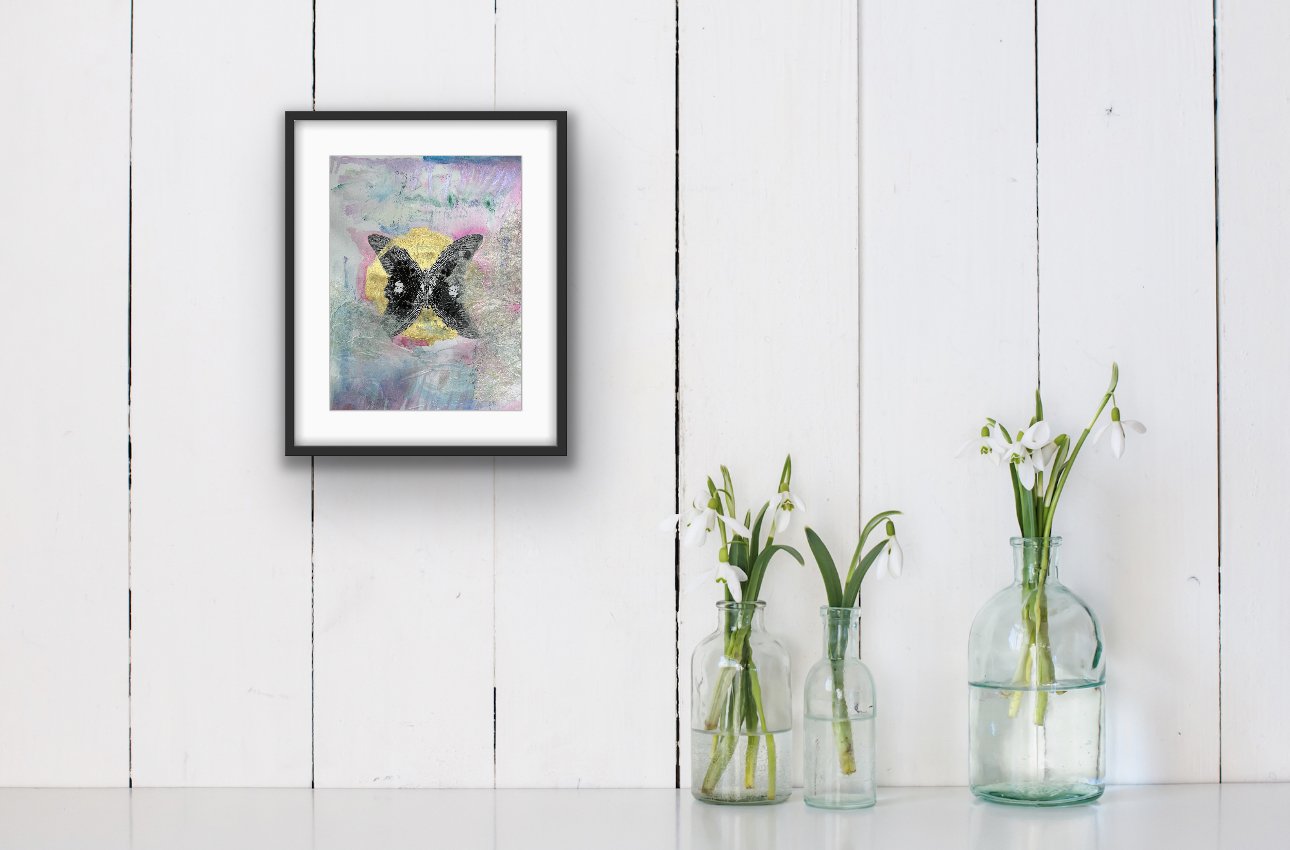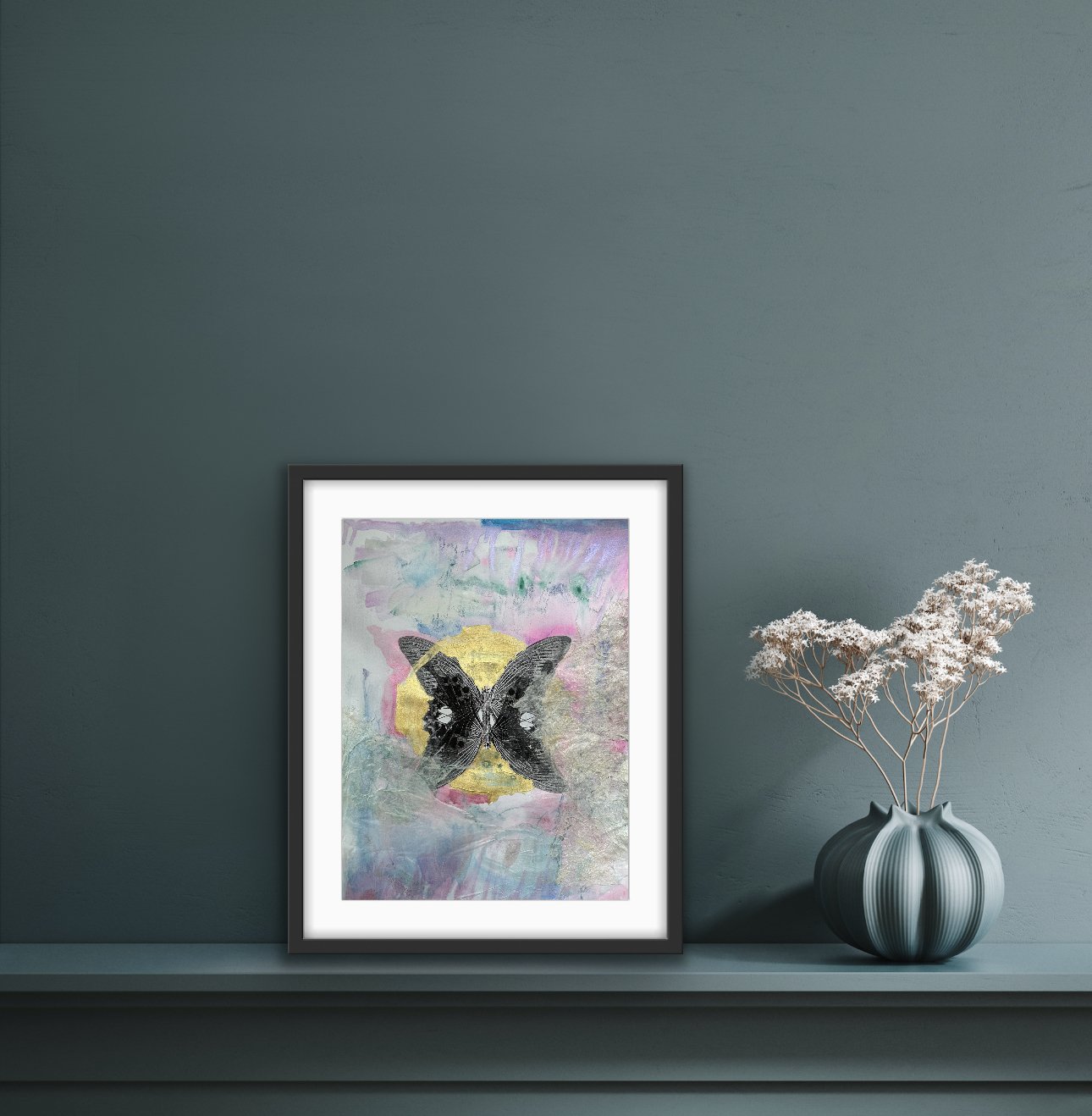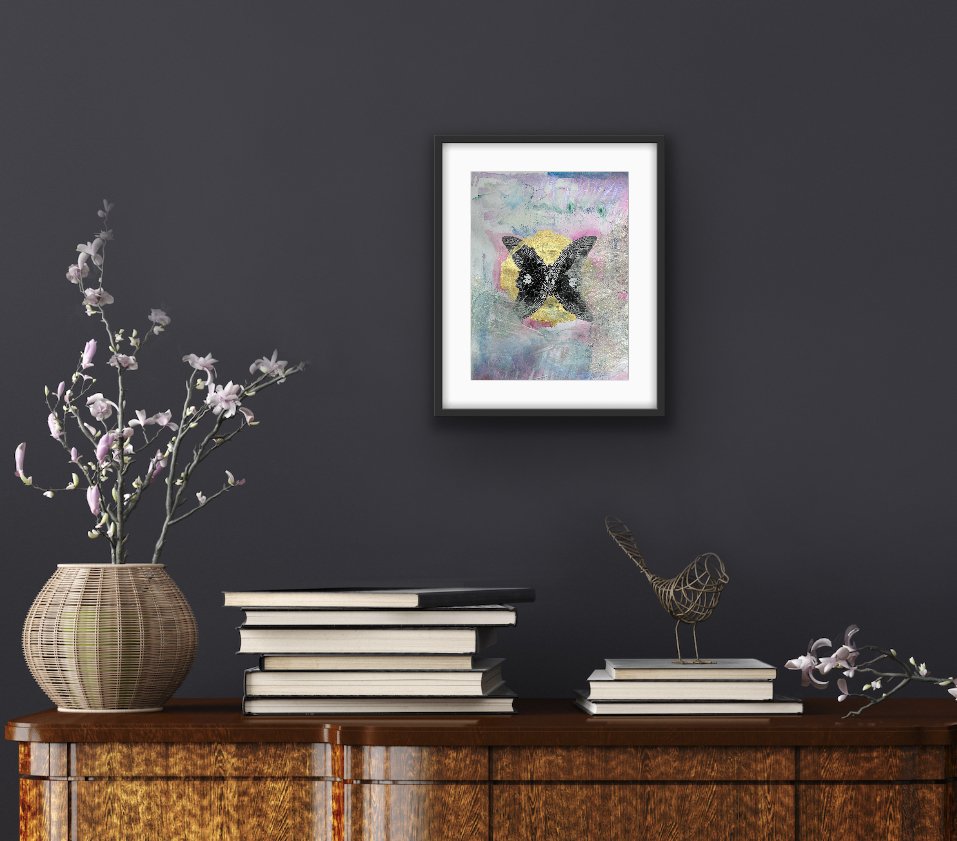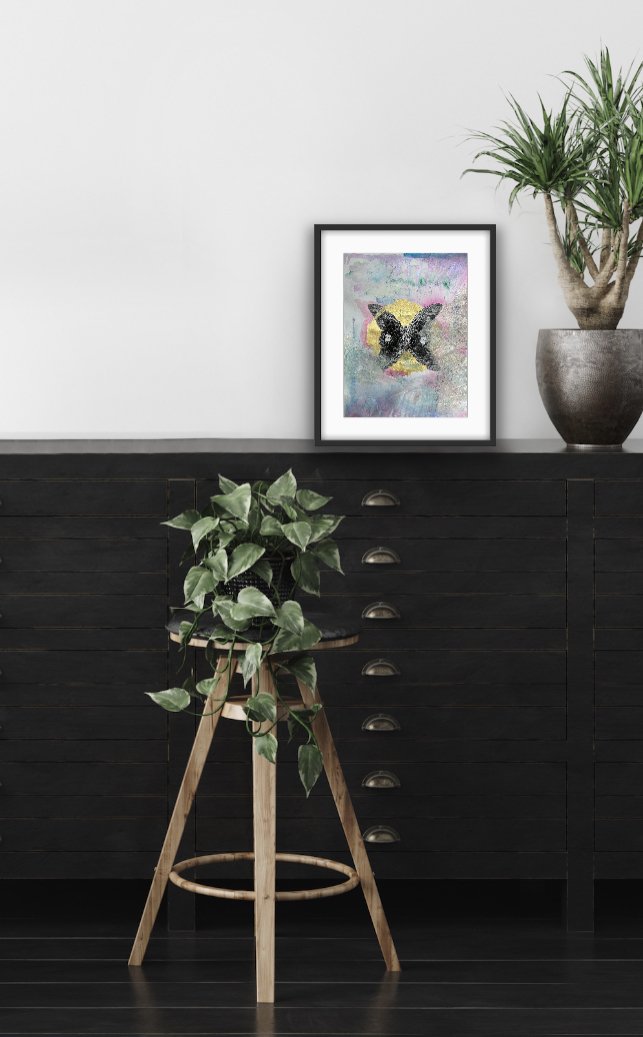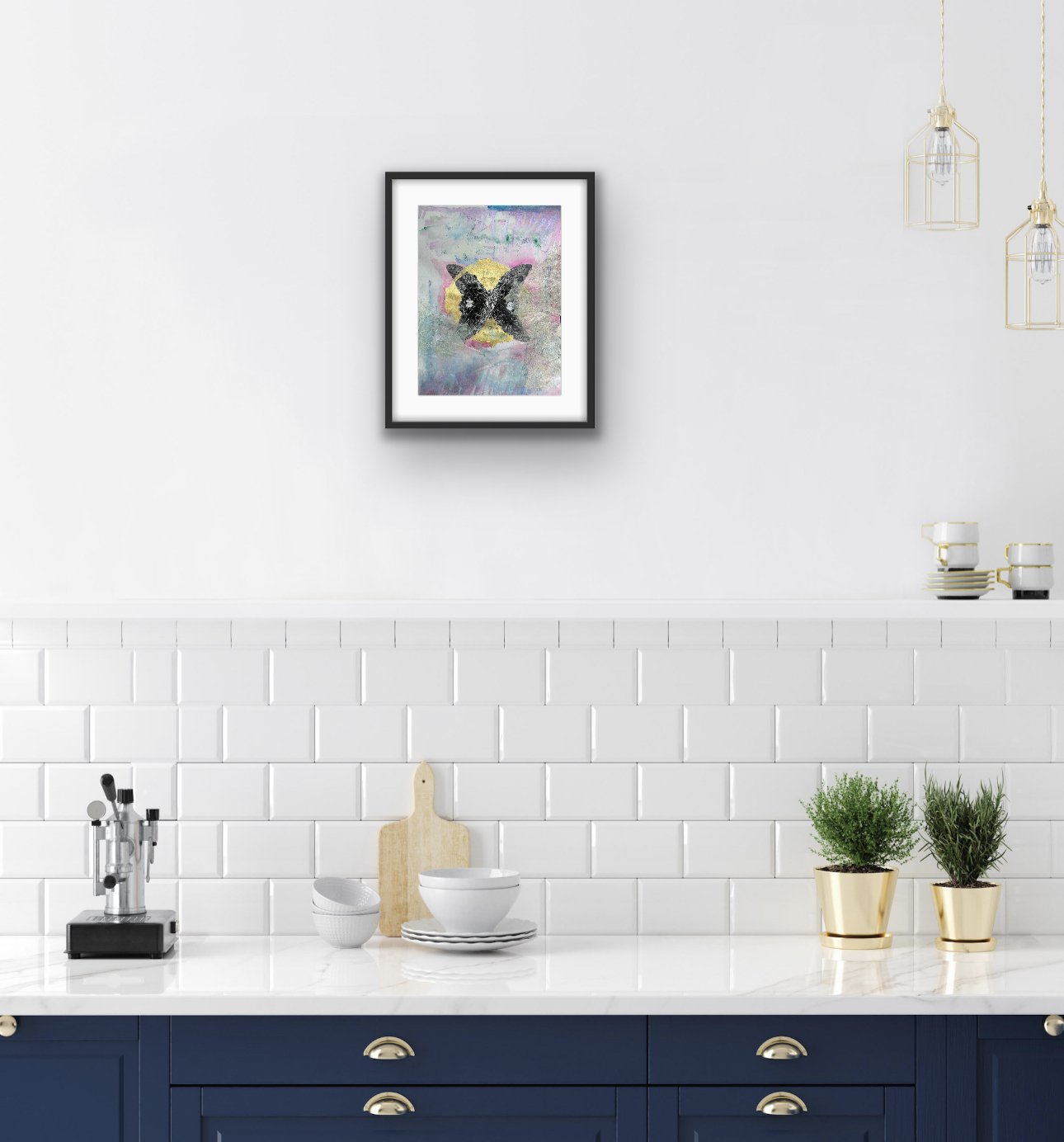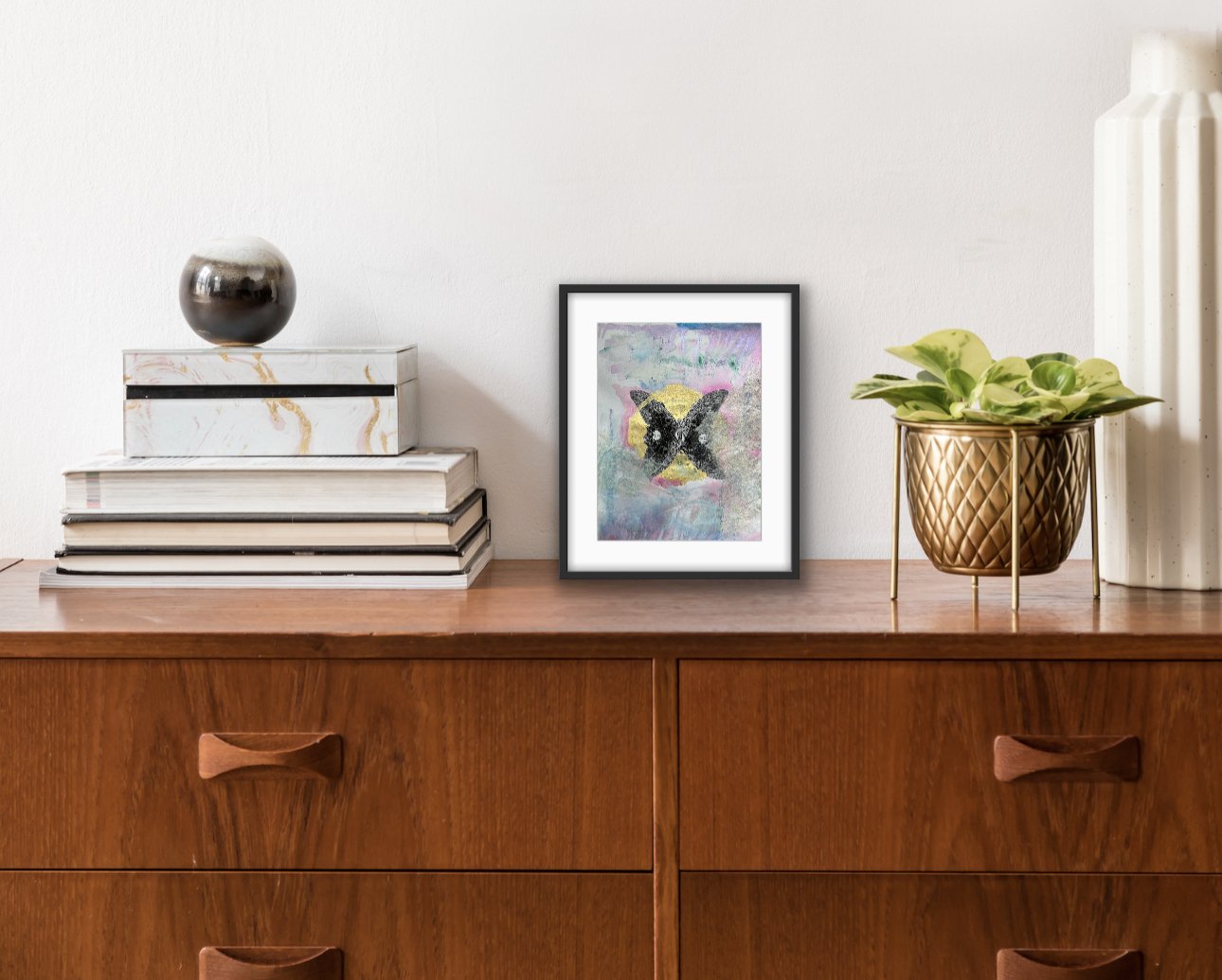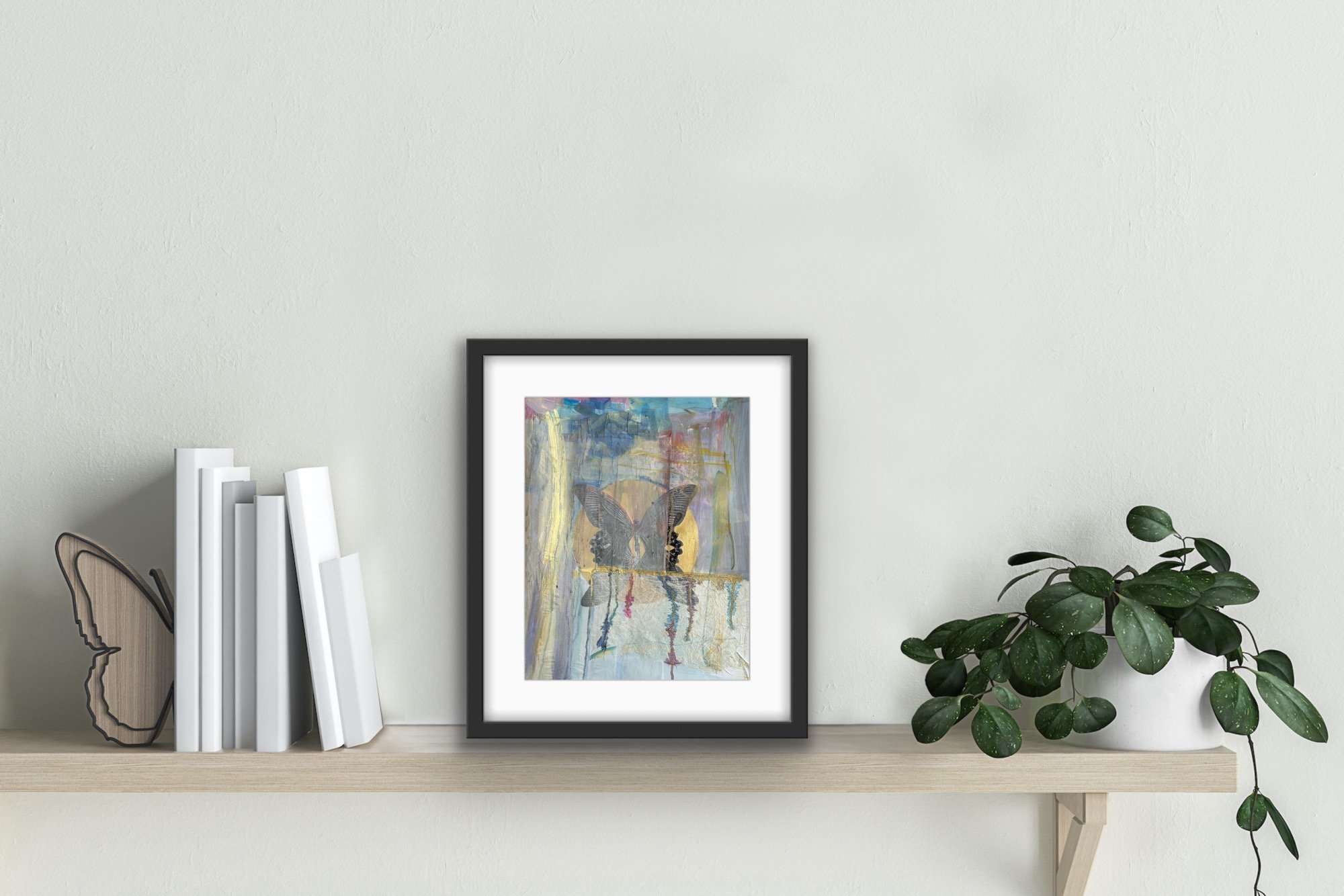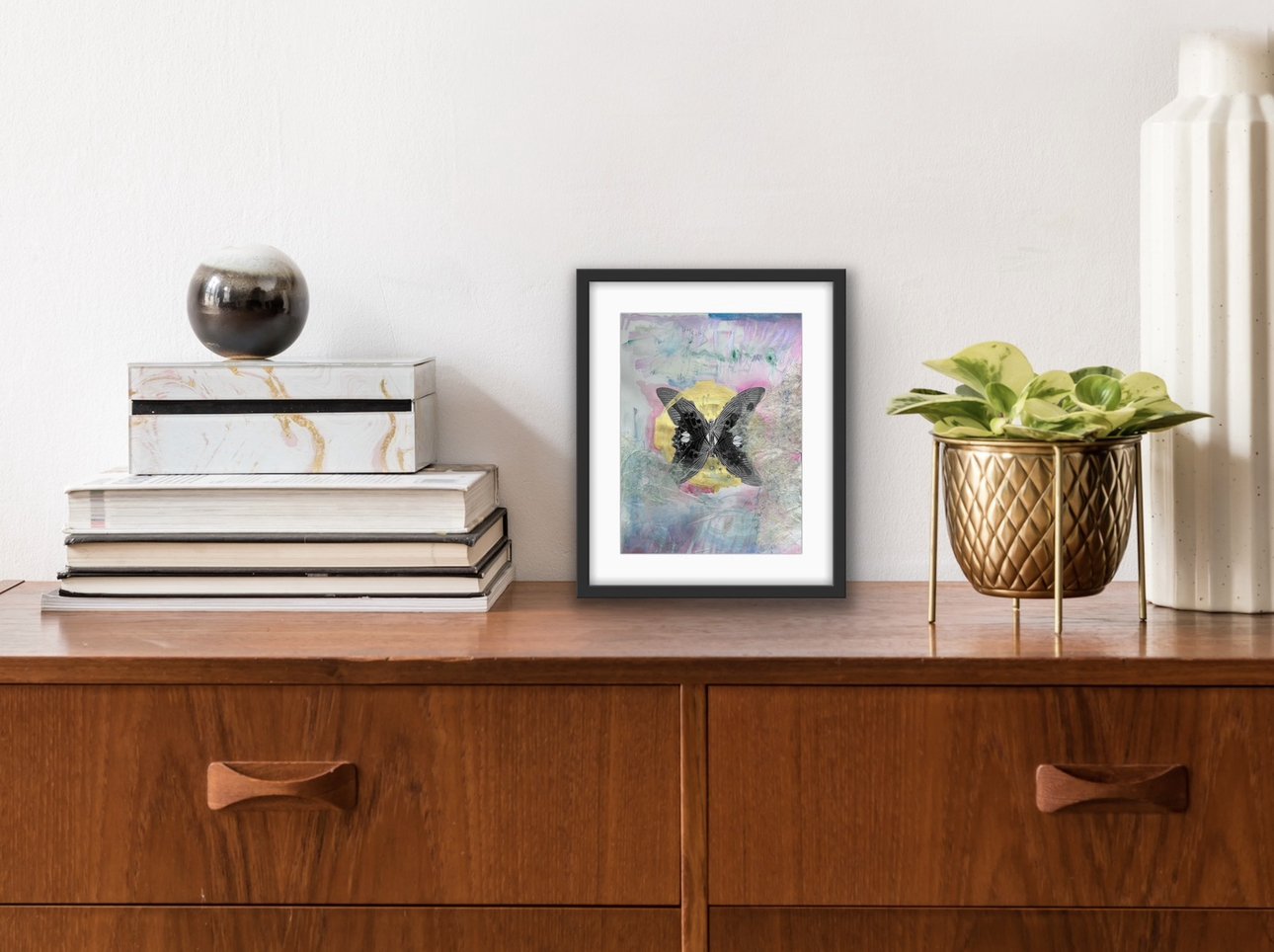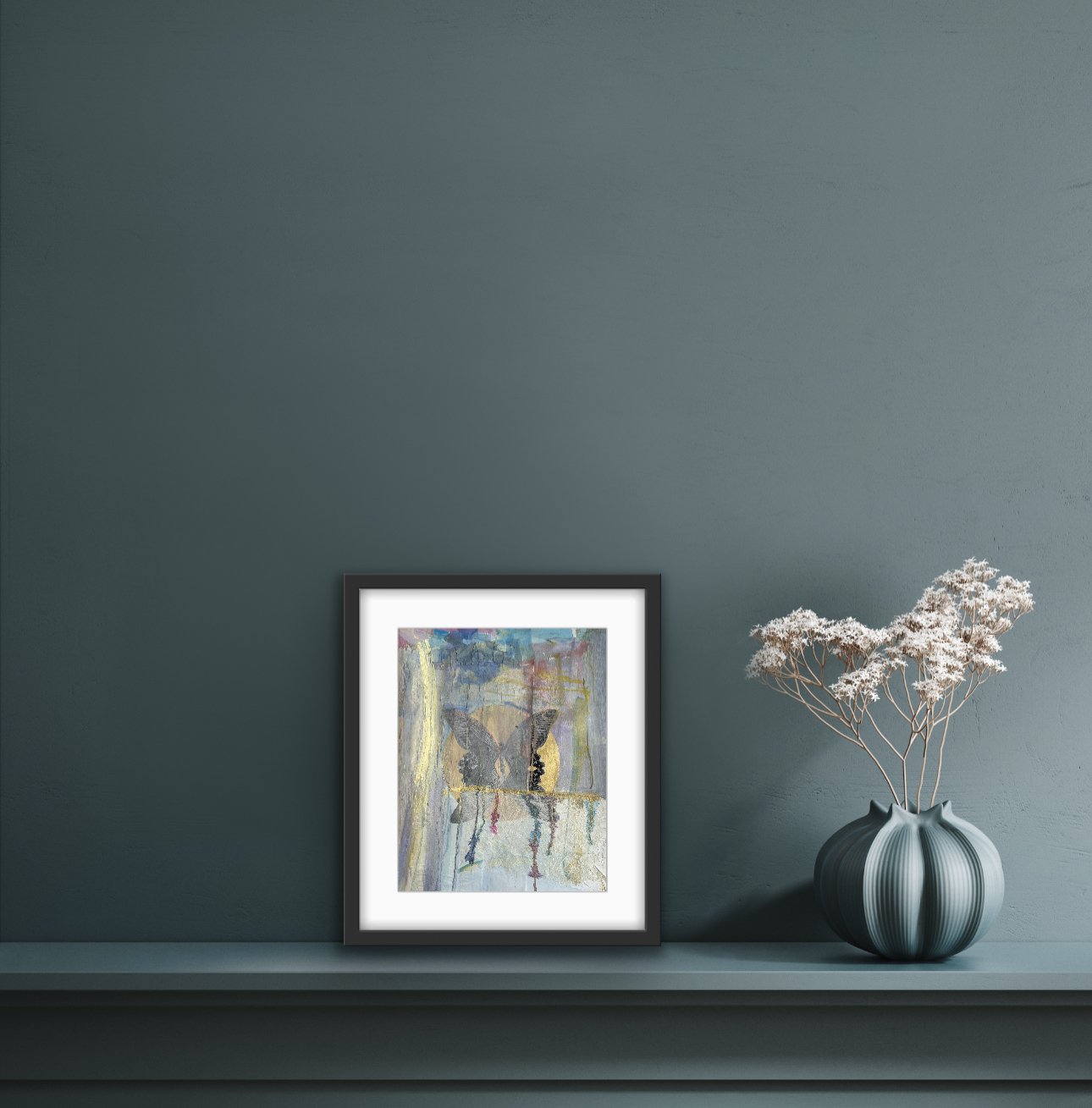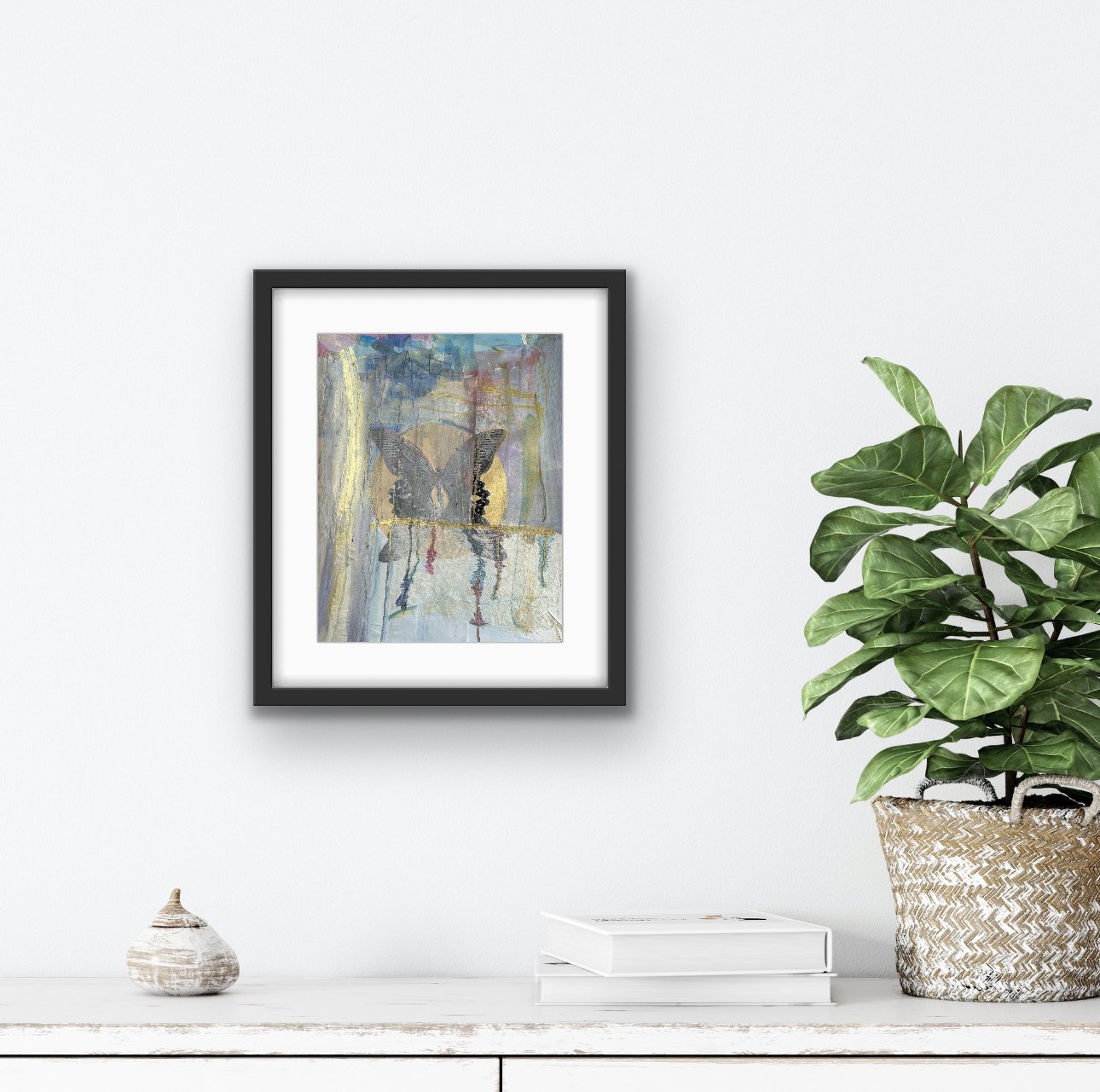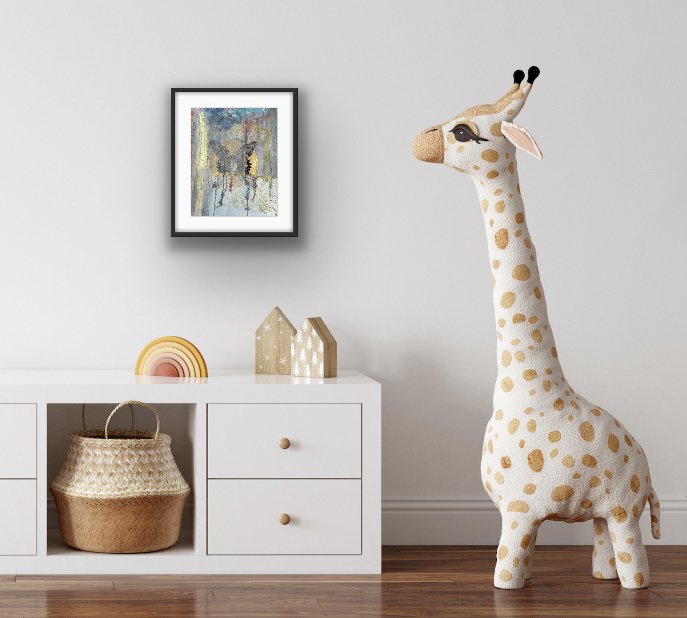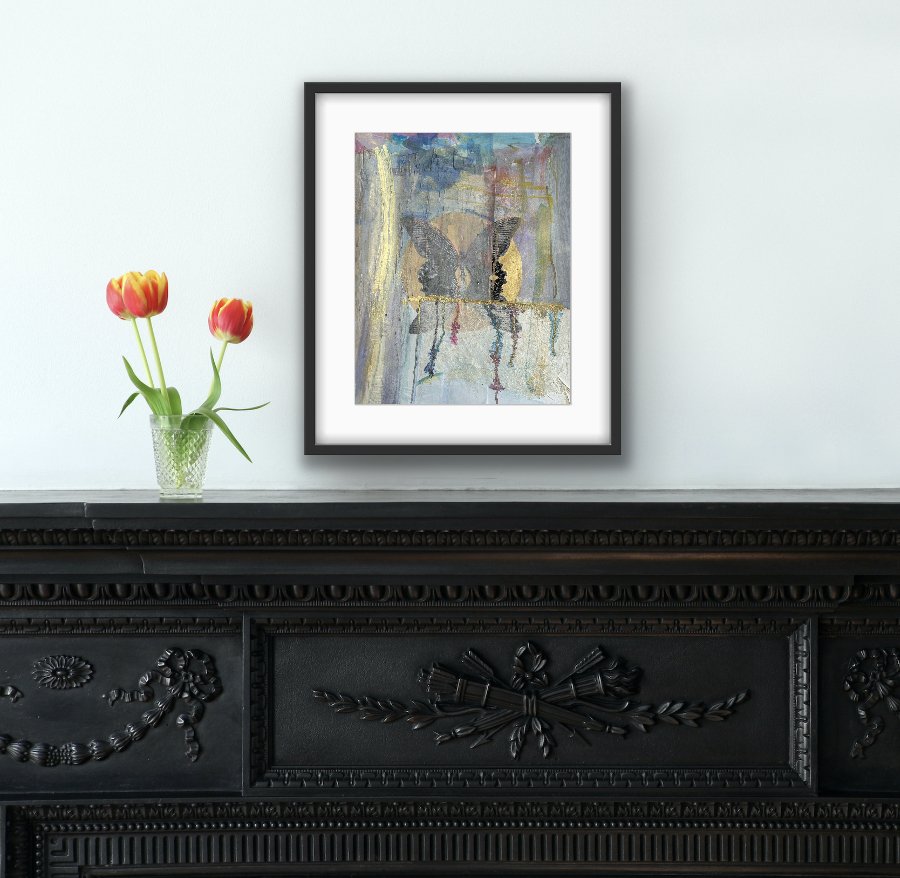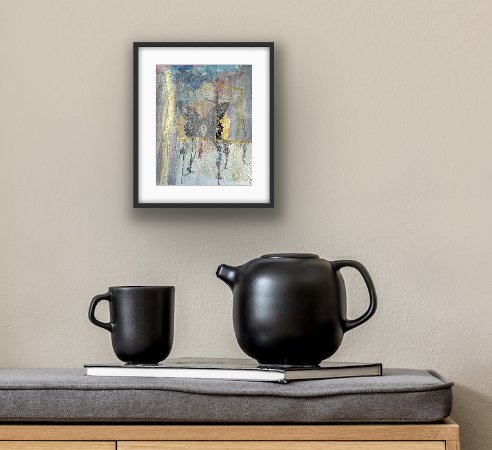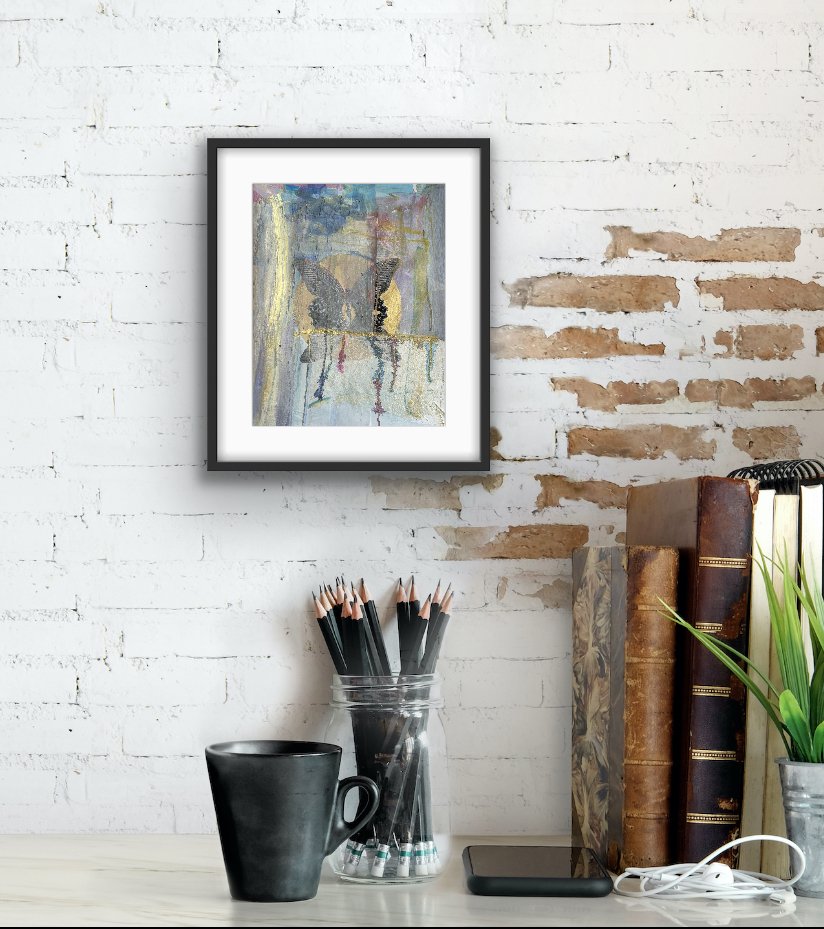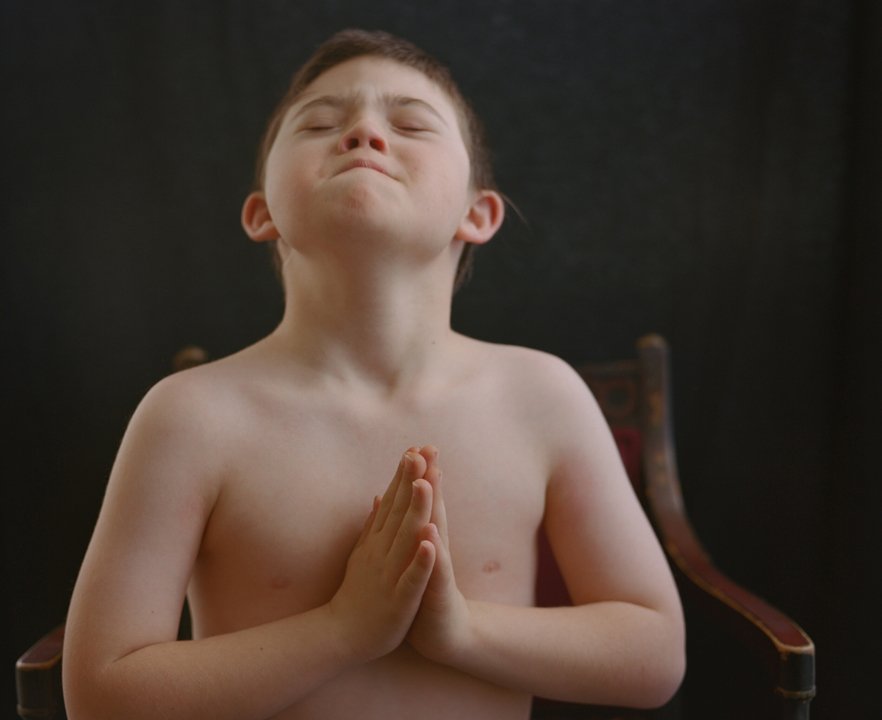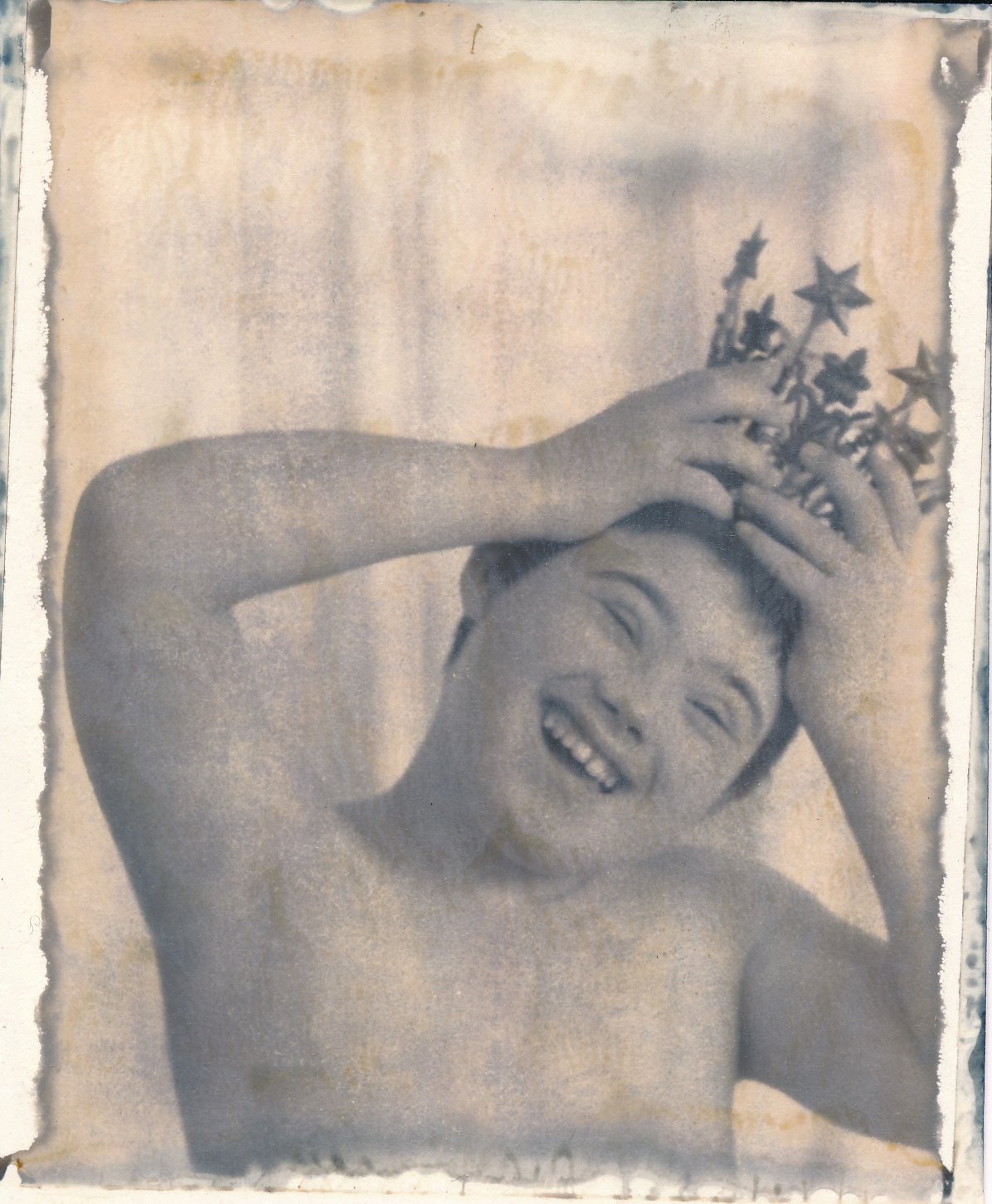THE MAX AND MAMA COLLABORATION
ART AS ACTIVISM
Help Us End Ableism.
Join us in getting this artwork into the hearts and homes
of as many people around the globe as possible.
Through Awareness. Education. Art as Activism. Love on Fire.
We can spread the message that each human being matters.
This is Max and his Mama (me!)
When Max was born the geneticist said to me “You know there’s a pill you could have taken for that.”
My son is a treasure named Max who happens to have Down syndrome.
People look at him and think they know who he is and what he is capable of.
THAT is Ableism.
Ableism keeps doors shut and separates Max and others like him from being
included, respected, celebrated and understood.
You can help bring awareness to the forefront by purchasing a piece of art we made together
and putting some JOY on your walls. Or you can purchase a piece of art as a gift for a friend.
EVERYBODY WINS!
You get beautiful Art (JOY) on your wall, Down syndrome and Ableism awareness spreads, Max makes 50% from all profits, more of us give ourselves and others permission to be fully self expressed.
THANK YOU for being part of the SOLUTION with us. We Love You.
*Sales tax and shipping is calculated separately.
Watch us make each piece of art.
Take a Look at the Original Pieces Below made by Max and His Mama
Double Butterfly Medicine #2
Original Mixed Media One of a Kind Piece of Art
18.5” x 25”
NFS: not for sale
Double Butterfly Medicine #1
Original Mixed Media One of a Kind Piece of Art
18.5” x 25”
NFS : Not for sale
LARGER PRINT SIZES ARE AVAILABLE. PLEASE INQUIRE at SUPPORT@CATHERINEJUST.COM
Max is now 14 years old. He plays drums, Surfs, Skateboards, Loves Science, is a Comedian, Teaching me about LOVE daily and is a JOY to get to know. He shows me who he is. I try to keep up! He’s smart. He learns differently than the typical school system (I RELATE. ) I’m grateful to all of the humans who give Max a chance to thrive. But the road as been isolating and lonely inside structures of negativity that block my son from being included. We advocate for him at every turn. It takes a village and I’m grateful you want to join us. If you’d like to learn more about my son you can follow me on my Instagram feed and scroll through to watch him play drums perfectly to GunsNRoses and White Stripes. The dude is no joke.
The story behind the work:
The Double Butterfly is referencing my relationship with my son. Overlapping. Connected. Free Spirits. Deep Love. Cannot get close enough to that face of his. As a mom I have such fond memories of “wearing him” all day long when he was a newborn. I had a baby carrier like this and like this and he was basically on me/with me/ connected all the time. And now, I’m divorced, he lives mostly at his dads and so when he’s with me… he’s a teenage 14 year old boy and so our version of connection has shifted. We make art together, We make photographs of each other. We sing at the top of our lungs together. We watch the same movies over and over and over together. We dance.
I’m watching this butterfly learn how to use his wings with and without me.
I asked Max if he wanted to make art with me. He said “yes”.
I asked him if we should sell it. He said “yes”.
I asked him if we should split the profits 50/50. He said “yes”.
One of my goals is to start giving a percentage of every sale of my own artwork to a non-profit organization that helps support people with Down syndrome. For this collaboration he gets 50% of the profit so he can benefit directly from each sale. And it’s from his direct efforts and talent. So he’s getting to learn about how to be in business along the way with his mama.
We’re starting with 2 pieces of art. The originals are available. We’re also offering 8.5x11” prints.
The first 50 prints will be hand signed by both of us.
More art will be added whenever he feels like making art.
For those of you that purchase a piece of art we hope this artwork brings you so much joy, love, laughter, spontaneous singing at the top of your lungs and hugs… lots of hugs. And potentially a new outlook on humanity .
We are all valuable and worthy of being fully self expressed and respected for our gifts.
We love you wholeheartedly,
Max and Mama
We love how the light hits your soul.
What is Down syndrome/Trisomy 21?
Down syndrome is the most commonly occurring chromosomal condition, occurring once in every 691 babies born.
The medical term for Down syndrome is also referred to by the name Trisomy 21. There are normally 46 chromosomes in each cell, 23 inherited from the mother and 23 from the father. When some or all of a person’s cells have an extra full or partial copy of chromosome 21, the result is Down syndrome. Down syndrome is caused by a person having three copies of chromosome 21 instead of two copies. The picture above shows a genetic analysis of a person with Down syndrome. You will notice that the arrow is pointing to the set of number 21 chromosomes. It is important to understand that all of the chromosomes of this person are normal. It is the fact that there is an extra chromosome that causes Down syndrome.
It is a random occurrence in nature — nothing that a mother or father has done before or during the pregnancy causes Down syndrome.
It occurs in people of all races and economic levels.
While it is statistically more likely for a woman over 35 to conceive a child with Down syndrome, 80% of children born with Down syndrome have mothers under 35.
There are more than 400,000 individuals living with Down syndrome in the United States.
The life expectancy for people with Down syndrome has increased dramatically in recent decades – from 25 in 1983 to 60 today.
As members of society, individuals with Down syndrome benefit from loving homes, education, positive public attitudes and a supportive community environment. Early intervention programs, offered through various community resources, address developmental delays so that children with Down syndrome can reach their full potential and enjoy productive lives.
*this information was pulled from Club 21, a learning and resource center for individuals with Down syndrome. We’ve been a part of that organization since it opened. Max was just 7 weeks old and it was a life saver for all of us.
ART AS ACTIVISM / ART IS ACTIVISM
JOIN THE MOVEMENT
Ableism 101
What it is, what it looks like, and how to become a better ally
by Ashley Eisenmenger
Disability Inclusion Training Specialist
As buzzwords like social justice, equity, and inclusion permeate our collective consciousness, it’s essential for advocates of progress to remember another ‘ism,’ one that is frequently left out of conversations.
Ableism.
The world wasn’t built with people with disabilities in mind, and because of that, the world we live in is inherently “ableist.”
So…what is ableism?
Ableism is the discrimination of and social prejudice against people with disabilities based on the belief that typical abilities are superior. At its heart, ableism is rooted in the assumption that disabled people require ‘fixing’ and defines people by their disability. Like racism and sexism, ableism classifies entire groups of people as ‘less than,’ and includes harmful stereotypes, misconceptions, and generalizations of people with disabilities.
What does ableism look like?
Ableism can take many forms including:
Lack of compliance with disability rights laws like the ADA
Segregating students with disabilities into separate schools
The use of restraint or seclusion as a means of controlling students with disabilities
Segregating adults and children with disabilities in institutions
Failing to incorporate accessibility into building design plans
Buildings without braille on signs, elevator buttons, etc.
Building inaccessible websites
The assumption that people with disabilities want or need to be ‘fixed’
Using disability as a punchline, or mocking people with disabilities
Refusing to provide reasonable accommodations
The eugenics movement of the early 1900s
The mass murder of disabled people in Nazi Germany
But what about ‘everyday’ or minor ableism? What does that look like?
Choosing an inaccessible venue for a meeting or event, therefore excluding some participants
Using someone else’s mobility device as a hand or foot rest
Framing disability as either tragic or inspirational in news stories, movies, and other popular forms of media
Casting a non-disabled actor to play a disabled character in a play, movie, TV show, or commercial
Making a movie that doesn’t have audio description or closed captioning
Using the accessible bathroom stall when you are able to use the non-accessible stall without pain or risk of injury
Wearing scented products in a scent-free environment
Talking to a person with a disability like they are a child, talking about them instead of directly to them, or speaking for them
Asking invasive questions about the medical history or personal life of someone with a disability
Assuming people have to have a visible disability to actually be disabled
Questioning if someone is ‘actually’ disabled, or ‘how much’ they are disabled
Asking, “How did you become disabled?”
What are ablest micro-aggressions?
Micro-aggressions are everyday verbal or behavioral expressions that communicate a negative slight or insult in relation to someone’s gender identity, race, sex, disability, etc. In the case of ableism:
“That’s so lame.”
“You are so retarded.”
“That guy is crazy.”
“You’re acting so bi-polar today.”
“Are you off your meds?”
“It’s like the blind leading the blind.”
“My ideas fell on deaf ears.”
“She’s such a psycho.”
“I’m super OCD about how I clean my apartment.”
“Can I pray for you?”
“I don’t even think of you as disabled.”
Phrases like this imply that a disability makes a person less than, and that disability is bad, negative, a problem to be fixed, rather than a normal, inevitable part of the human experience.
Many people don’t mean to be insulting, and a lot have good intentions, but even well-meant comments and actions can take a serious toll on their recipients.
What can we do to recognize and avert ableism?
Believe people when they disclose a disability
Similarly, don’t accuse people of ‘faking’ their disability
Listen to people when they request an accommodation
Don’t assume you know what someone needs
Never touch a person with a disability or their mobility equipment without consent
Keep invasive questions to yourself
Don’t speak on behalf of someone with a disability unless they explicitly ask you to
Talk about disability with children and young people
Incorporate accessibility into your event planning
Learn more about being a good disability ally here.
But one of the most important things to do to push back against ableism? Make sure people with disabilities are at the table where decisions are being made.
WE LOVE MAX!
DETAILS : PLEASE READ
: Please allow 2-4 weeks for your artwork to be printed, signed, packed and shipped out to you. The earlier you purchase the more head start I will have to print your image and have it signed when Max gets back here and shipped out to you. We appreciate your patience. If this is during Holiday Season we are printing as fast as we can. Please make sure to contact us at support@catherinejust.com if you need it by a certain date.
: Sales tax and shipping are calculated after your purchase. Inside the US it’s roughly $40.00. If it’s outside the US it’s going to be more expensive. And you’ll need to cover any customs fees. Contact me if you’d like to figure out what international shipping fees will be before you purchase the art so you’re not surprised.
: I don’t do refunds if you get the art and decide you don’t want it. Please be sure you are ready to purchase. In the event of a shipping snafu that damages the print, please contact me. support@catherinejust.com
: If you know of anyone who might be interested in this project, please send it their way. I’d love to have this project reach as many people as possible. Building awareness of the beauty that Max brings. Thank you!
: If you want to donate to this Art as Activism movement and don’t want any art you can donate through zelle here, using my email address cj@catherinejust.com. Or Venmo here with @catherinejust. If these pathways don’t work for you, get in touch with me at support@catherinejust.com. THANK YOU. 50% will go directly to Max.
MORE ART AND SPECIAL LIMITED EDITIONS WILL BE ADDED IN ALIGNMENT WITH OUR CREATIVE FLOW.
THANK YOU FOR ALL OF YOUR LOVE and SUPPORT.
